Do you have the need for speed? The warships in this article certainly do! We have previously done articles about the largest cruisers and the biggest battleships. For this article we are breaking the fastest warships of World War 2 based on class. We will examine the fastest destroyer, cruiser, battleship, and aircraft carrier used during the Second World War. Some ships are relatively well known, but a few of our winners are largely unknown warships to the public at large. However, they all have one thing in common and that is that they are all exceedingly fast.
Fastest Destroyer – Le Fatasque Class
The fastest destroyers of World War II actually entered service during the mid 1930s. These destroyers were the Le Fantasque class of France. The Le Fantasque class were designed to operate with France’s high speed battleship and cruiser forces. To perform in this role, the Le Fantasque class needed to equip powerful engines in a large hull for the nessacary speed and seaworthiness.
Six ships of this class were built, consisting of the ships Le Fantasque, Le Malin, Le Terrible, L’Indomptable, L’Audacieux, and Le Triopmhant. Though the ships were large, exceeding 430′ (132m) in length, they carried a correspondingly large powerplant. The destroyers could produce up to 81,000shp, enough to propel the ships to speeds of 45 knots. This not only made them the fastest destroyers of World War II, but the fastest destroyers of all time!
At the start of World War II, the six ships of the Le Fantasque class were all assigned to France’s powerful Force De Raid squadron. Following the German conquest of France, the sisters then joined the Vichy French fleet. Two of the ships, L’Indomptable and L’Audacieux, were lost. (L’Indomptable at Toulon in Nov 1942 and L’Audacieux at Bizerte in May 1943). The surviving four ships joined the Allies and were sent to the United States for refit. Under the Allies, the Le Fantasque class were reclassified as cruisers. They were also equipped with so much new weaponry and equipment that their famous speed was dropped to 37 knots. This made them slower than other destroyers (Tashkent, Shimakaze), however none of those ships could approach their original speed. The remaining ships surviving World War II and survived into the late 1950s, early 1960s.
Fastest Cruiser – Capitani Romani Class
The Le Fantasque class destroyers were amazingly fast ships and for that reason, they worried France’s rivals. Italy’s solution? To develop the fastest cruiser to counter the fastest destroyer. These ships, the Capitani Romani class, were designed to outrun and outgun the powerful French destroyers. To do this, they carried a light cruisers armament and powerplant and crammed them into an oversized destroyer hull.
Though twelve of these ships were envisioned by Italy, only four would be completed. Of those ships, only three (Scipione Africano, Attilio Regolo, and Pompeo Magno) managed to be completed before the Italian Armistice. At only 466′ overall and displacing less than 5,500 tons, the ships were small for cruisers. However, with their powerful 125,000 shp engines the Capitani Romani class could exceed 40 knots. During trials, the ships exceeded 43 knots though at combat displacement they could only manage about 40-41 knots at combat loads.
The Capitani Romani class did not see much combat during World War II. Of the three ships, only Scipione Africano saw combat. On the night of July 17, 1943, she ambushed a small squadron of British MTB (Motor Torpedo Boat). Using radar, Scipione Africano detected the British ships and immediately accelerated. Using her high speed, she managed to catch the MTBS by surprise. With rapid, accurate fire, she sank one and damaged another. She rapidly cleared the area before the remaining British ships could mount a counter-attack. After the War, the Capitani Romani class saw more use. Two of the ships were ceded to France where they were refitted and served until the 1970s. The other two ships continued to serve in the Italian Navy, one making it until the 1980s.
Fastest Carrier – Shokaku Class
During the mid 1930s, Japan removed itself from the Washington Naval Treaty. Freed from the treaties’ limitations, Japan sought to produce a new purpose built aircraft carrier that would combine all the best features of previous designs. Ordered in 1937, this new design would become known as the Shokaku class. Entering service in 1941, the Shokaku class might have been the best aircraft carrier design in the World at the time.
Two ships of the class entered service, Shokaku and Zuikaku. Capable of operating up to 84 aircraft, the ships were large with a length of 844′ and a displacement of 31,600 long tons. Getting this bulk through the water was not difficult however as the Shokaku class were fitted with the most powerful power plant ever installed in a Japanese warship. Capable of generating over 160,000shp, the powerplants of the Shokaku class were more powerful than those found in the monstrous Yamato class battleships or the powerful Mogami class cruisers. The powerful engines, when coupled with a sleek hull design and a bulbous bow, gave the Shokaku class an extremely high speed of 34.5 knots.
The Shokaku sisters fought in every major naval battle of the Pacific Campaign. They were arguably the most powerful carriers in the Japanese arsenal. (Taiho might be considered more powerful, but she never carried an experienced airgroup like the Shokaku sisters.) Immediately after commissioning, the carriers began preparing to take part in the Pearl Harbor raid. Following the raid, they then took part in other engagements such as the Battle of Coral Sea and the Indian Ocean Raid. These early engagements resulted in the loss of experienced aircrew. The sisters continued fighting, but not quite at the lethal efficiency they once enjoyed. Shokaku was finally sunk during the Battle of the Philippine Sea by a submarine. Zuikaku was sacrificed as a diversion during the Battle of Leyte Gulf, being sunk by American carrier aircraft.
Fastest Battleship – Iowa Class
Prior to World War II, the United States had long been preparing for a possible conflict with Japan. Realizing the complications from engaging a nation that was on the opposite side of the Pacific, the United States developed War Plan Orange. The plan called for the American fleet to fight its way across the Pacific and engage the Japanese Combined Fleet in a decisive engagement. The of the major issues was the Japanese Kongo class. American planners feared that the high speed of these warships would allow them to simply bypass the main fleet and strike the vulnerable transports and carriers. To counter a high speed battleship, a battleship with even higher speed was needed.
The Iowa class battleships were the result of that requirement. Six ships were ordered, but only four (Iowa, New Jersey, Missouri, and Wisconsin) would be completed, the first ships entering service in 1943. The need to carry a powerful powerplant resulted in the largest US Battleship ever produced. The ships were just over 887′ in length overall with a displacement of 57,000 tons at full load. Propelling this bulk through the water was a massive 212,000shp powerplant. At combat loads, the Iowa class could exceed 32 knots. Lightly loaded, New Jersey managed to steam at a remarkable 35.2 knots for six hours during a trial run in 1968.
The four Iowa class sisters had longer careers than any other ship on this list. All four ships served on and off throughout the mid to late 1900s with the ships finally being retired by 1992. During their long service careers, the ships found in not just World War II, but in the Korean War, Vietnam War, and even the Gulf War. This is particularly amazing when you consider the fact that the age of dreadnoughts ended with World War II, 45 years before these ships were finally decommissioned for good.
Fastest Warships of World War 2 : Further Reading and Other Links
Thanks for checking out this article on the fastest warships of World War 2. If you want to read more naval history, be sure to check out some of the links below!
Want to follow Navy General Board on Social Media? Check us out on the platforms below!
- YouTube
- The Navy General Board Forum
- Want to help the site continue to expand? Support us on Patreon.
More Great Articles
The USS Midway and her Greatest Carrier Landing
Life aboard a US Navy Battleship During the Korean War.
The Bayern Class vs. the Queen Elizabeth Class
The Malta Class: The Carriers that Never Were
The Last Naval Battle of World War II
Check out Awesome Guest Articles!

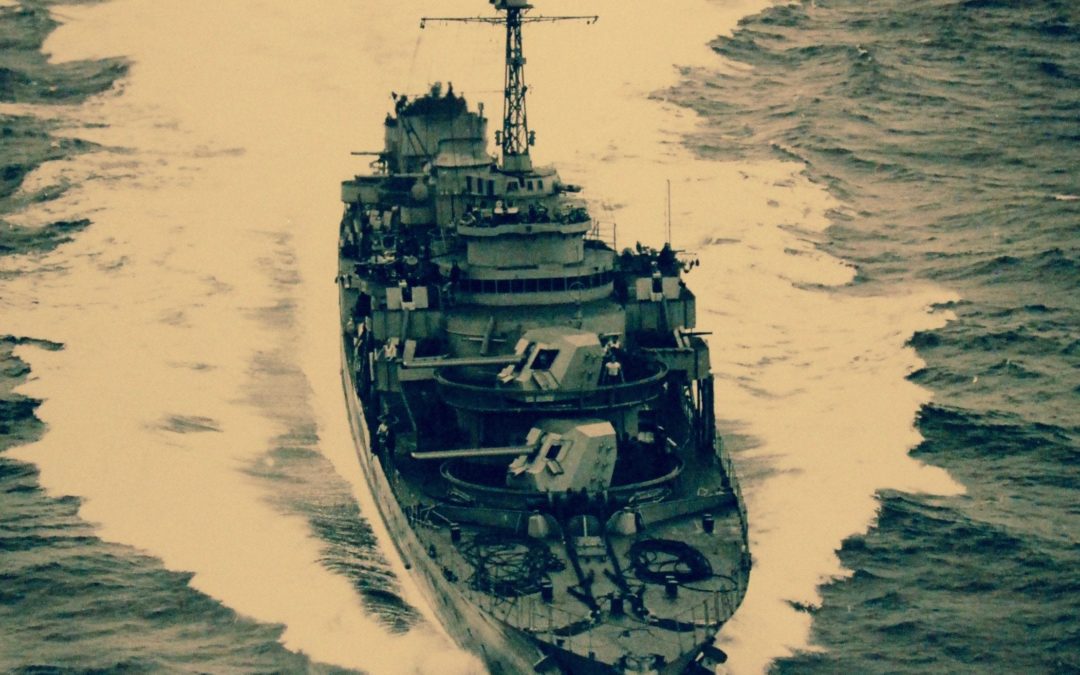
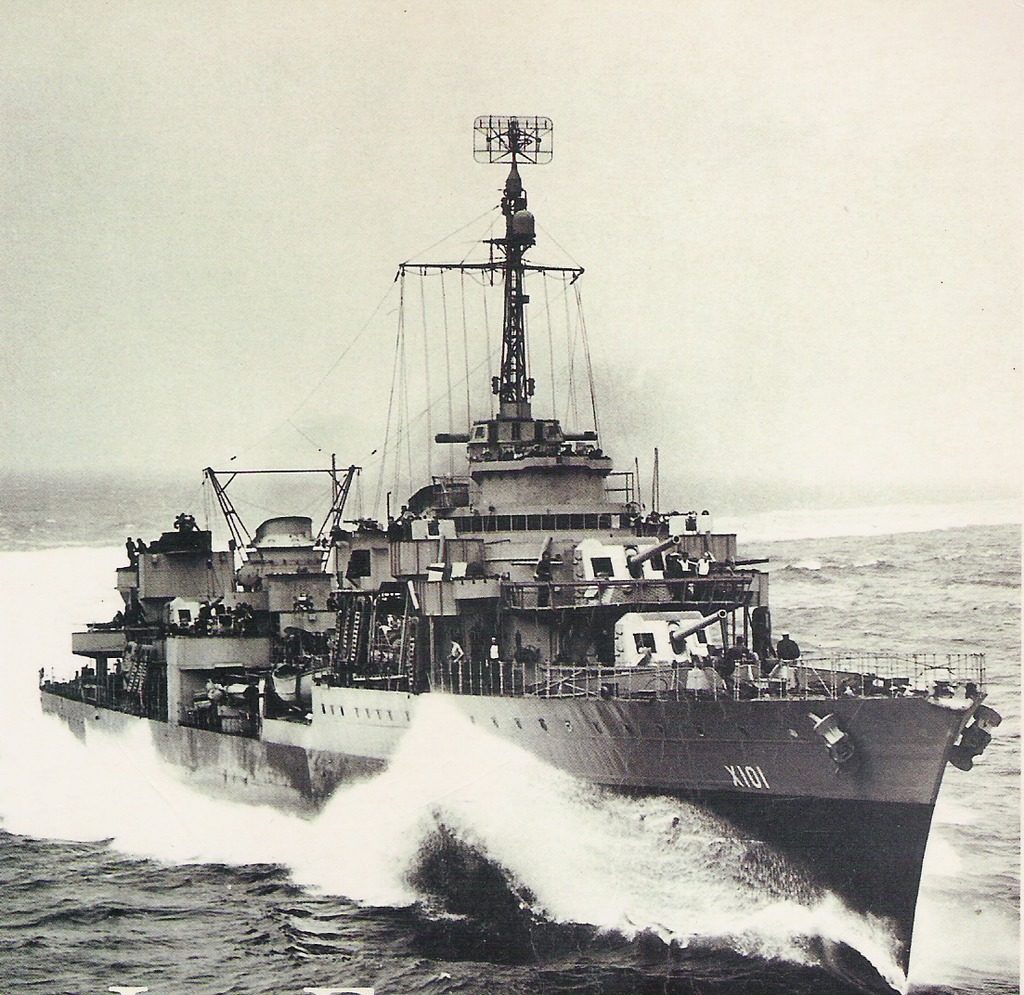
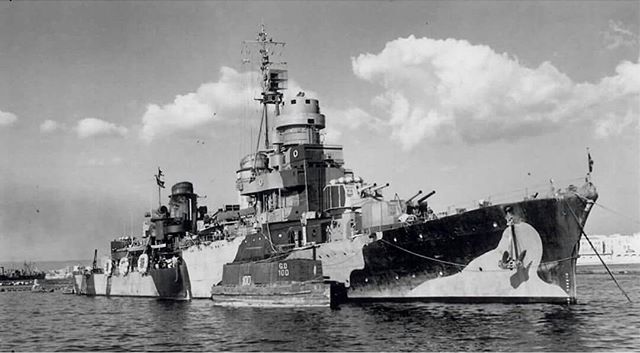
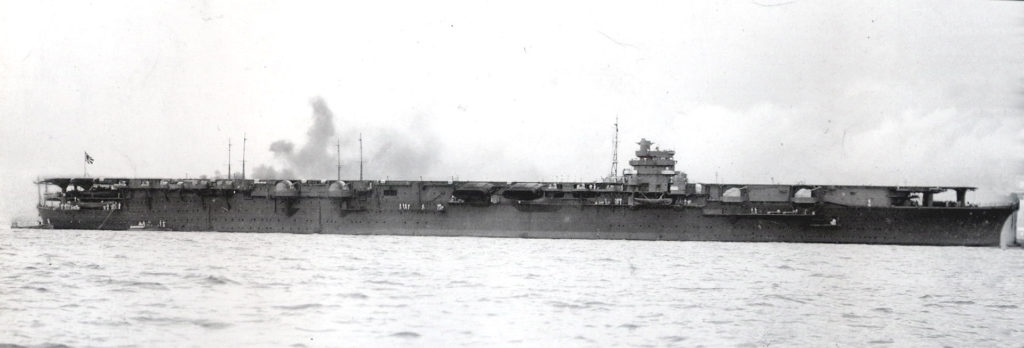
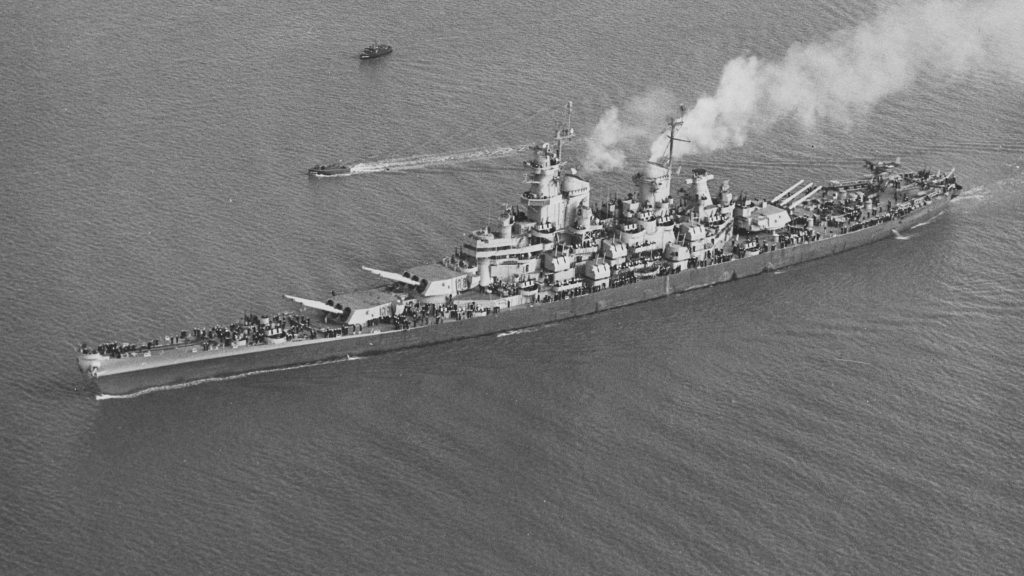

I understood ships were normally limited by their hull speed, determined by the length. If battleships and aircraft carriers are much longer than destroyers, how were destroyers able to sail faster? Are the larger ships not reaching their hull speed? Were destroyers exceeding their hull speed?
Length is only part of the equation. The biggest defining factor is the length-to-beam ratio. A hull that is 800′ long and 100′ at the beam has a length to beam ratio of 8:1. A hull that is 800′ long and only 80′ at the beam has a length to beam ratio of 10:1. The higher length to beam ratio equals a finer hull that more easily slips through the water. So while a battleship or carrier might be longer than a destroyer, the destroyer has a much finer hull that is more suited to higher speeds.